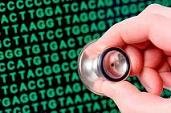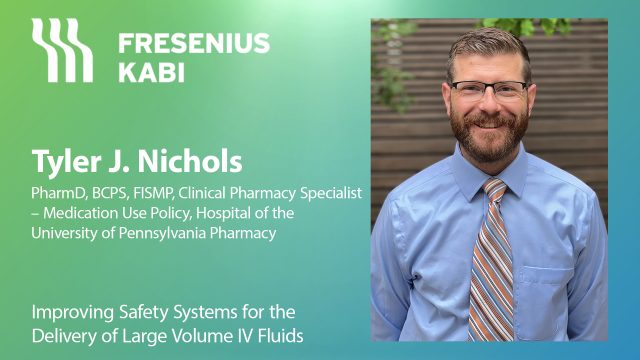Advertisment
ASH 2012 Report – Potential gene therapy approach to sickle cell disease highlighted at ASH

Proof-of-concept animal study selected as one of the best presentations at 54th American Society of Hematology Annual Meeting and Exposition.
Researchers at Dana-Farber/Children’s Hospital Cancer Center (DF/CHCC) have taken the first preliminary steps toward developing a form of gene therapy for sickle cell disease. In an abstract presented on Dec. 10 at the 54th annual meeting of the American Society of Hematology, the research team—led by DF/CHCC’s Raffaele Renella, MD, PhD, Stuart H. Orkin, MD, and David A. Williams, MD—announced that they had demonstrated in an animal model the feasibility of activating a form of hemoglobin unaffected by the sickle cell mutation.
The study was included as part of the meeting’s Best of ASH session on Dec. 11. At this session, the meeting’s scientific co-chairs present what they consider to be the best abstracts of the 4,000-plus presented at the conference.
“This work builds on the transformative basic research discovery of the role of BCL11A in maintaining fetal hemoglobin silencing by the Orkin laboratory with a near-term goal of curing sickle cell disease using gene therapy,” said Williams, chief of the Division of Hematology/Oncology at DF/CHCC and senior author on the abstract. “We have had important recent successes in applying this type of gene therapy in treating several other genetic diseases at Boston Children’s Hospital.”
The team’s work builds on previous research, published by Orkin’s laboratory, suggesting that strategies targeting a molecular switch called BCL11A have the potential to correct sickle cell disease.
First described over 100 years ago, sickle cell disease (or sickle cell anemia) is an inherited blood disease caused by a single mutation in one of the components of hemoglobin, the oxygen-carrying protein in red blood cells. The mutation reduces the protein’s ability to carry oxygen and forces the cells to curve into a distinctive crescent or sickle shape.
Our bodies can actually manufacture two forms of hemoglobin: the adult form susceptible to the sickle cell mutation, and a fetal form that is largely produced during development and for a short time after birth. BCL11A is a transcription factor that facilitates that shift in hemoglobin production. Fetal hemoglobin expression significantly reduces the symptoms and complications of sickle cell disease because it prevents the intracellular abnormalities caused by the sickle mutation.
In their abstract, Renella, Orkin, Williams and their colleagues reported on their efforts to develop a combined lentiviral gene transfer/RNA interference approach capable of turning down BCL11A in vitro in human and mouse cells and in vivo in a mouse bone-marrow transplant model. Among their findings, the researchers documented a five- to 20-fold increase in fetal hemoglobin production in treated mice.
The team is quick to note that they have not yet attempted to correct disease in a model of sickle cell using this approach. Such efforts would be carried out in future studies.
“There are many approaches to sickle cell disease, and while we’ve shown we can develop viral vectors, knock down BCL11A, and induce fetal hemoglobin production, it’s all been done in non-disease model systems,” cautioned Renella, a fellow in the Williams laboratory at DF/CHCC. “What we don’t yet know is whether we can stop production of sickled cells in a sickle cell system. Further experiments will show us if that is possible.”
Disclosure:
The study was supported by the National Heart, Lung and Blood Institute, the National Institute of Diabetes and Digestive and Kidney Diseases and the Howard Hughes Medical Institute.
For further information contact: Rob Graham rob.graham@childrens.harvard.edu





